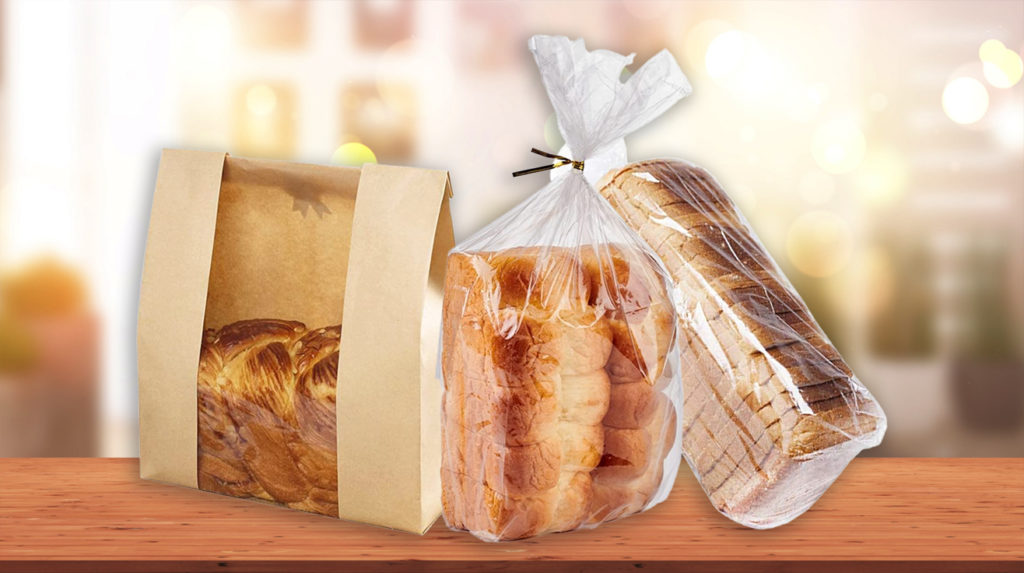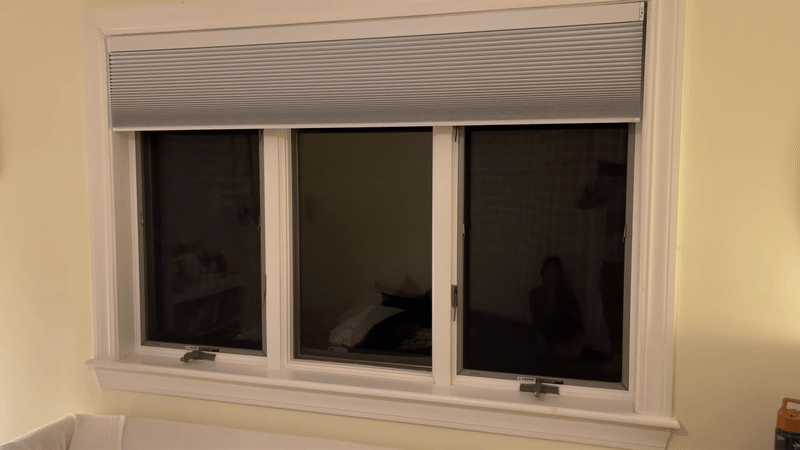Sourdough starters have become as pampered as Kardashian pets, but the humble act of storing bread remains surprisingly misunderstood. The average household tosses nearly a quarter of their bread purchases—like throwing Hamilton tickets into the garbage. This carb carnage amounts to millions of tons annually, a monument to our collective kitchen amnesia. I’ve witnessed home cooks treat $8 artisanal loaves with less care than they give their phone cases. Four contenders enter our bread preservation thunderdome: the classic bread box, hipster-approved beeswax wrap, the questionable rice-in-Pyrex hack, and the lazy default of original packaging. Spoiler alert: not all heroes wear plastic.
Bread Box Storage

Picture that kitchen from Everything Everywhere All at Once—organized chaos with purposeful design. That’s what good bread boxes accomplish, striking a balance between trapping and releasing humidity and moisture like a relationship therapist mediating between your sourdough and the environment. Success demands space—crowding your loaves is like stuffing a subway car at rush hour. Aim for an inch between bread neighbors in climates with 40–60% humidity, checking more often when the air feels like Florida in August. Parents navigating morning routines swear by these breadboxes as wooden sanctuaries, perfect for households demolishing bread within a five-day window.
Beeswax Wrap Method

The beeswax wrap revolution hit kitchens with the same fervor as air fryers, appealing to folks who count their carbon footprint like calories. These cotton sheets infused with beeswax, plant oil, and tree resin create preservation’s answer to a weighted blanket—snug yet breathable. Wrap completely cooled bread like you’re bundling a bread baby, using hand warmth to activate the seal. Clean with cold water only—hot water is their kryptonite. Beeswax wrap preservation fans pack sourdough in these wraps the way outdoorsy influencers pack ultralight gear, celebrating how they maintain moisture without creating bread swamps. They’re the Tesla of bread storage—costly upfront but virtuous long-term.
Refrigeration and Freezing Bread

Putting bread in the refrigerator is the culinary equivalent of wearing socks with sandals—technically possible but fundamentally wrong. Science calls this crime retrogradation of starch, where starch molecules realign faster in cold temperatures than at room temperature, creating bread as appealing as a three-day-old Tinder conversation. Freezing, however, works like cryogenic suspension for your loaf. Freezing slows staling—double-wrap sliced bread (pre-portioning like a meal-prep influencer) and label with dates, the same way streaming services tag content as “new” or “leaving soon.” When ready to eat, toast directly from frozen or thaw unwrapped, then revive in a warm oven like performing culinary CPR.
Original Packaging

The default storage method gets more use than Netflix during lockdown, with over 80% of consumers initially relying on those flimsy bags sealed with twisty-ties that somehow vanish like socks in the dryer. Paper bag crispness can maintain crust but accelerates staleness—bread’s version of looking amazing for two hours before crashing hard at the party. Plastic bags and mold trap moisture the way superhero movies trap audiences in endless franchises, keeping soft breads pliable while creating perfect mold incubators. Store paper-wrapped bread like fine wine—cool, dry, and out of sunlight—and consume within 48 hours or admit you need a more committed storage relationship.
Mold Formation on Bread

Bread mold operates with the stealth and speed of Marvel Universe plot leaks, thriving in environments above 60% humidity and temperatures between 70–90°F. Why bread gets moldy boils down to time, moisture, and neglect. Those fuzzy green, white, or black spots are just the visible trailer for the full-length feature destroying your loaf from within. Moisture and microbial spoilage prevention requires handling bread with the sanitary discipline of a Chopped contestant—clean hands, dedicated cutting boards, and proper storage. Some bread guardians deploy silica gel packets nearby (not touching) like tiny bodyguards against moisture. When mold appears, there’s no salvaging part of the loaf—that’s like claiming you only watched half of a terrible reality show.
Reviving Stale Bread

Hardened bread isn’t a lost cause—it’s just waiting for its redemption arc. The revival technique works like applying Instagram filters to a mediocre photo: dramatic improvement with minimal effort. Reviving stale bread is simple: run the loaf briefly under water like you’re baptizing it in the church of second chances, then bake at 300–325°F. Adjust times like you’d customize streaming preferences: crusty artisanals for 15–20 minutes, sandwich breads at lower temps for longer, dense pumpernickel with a quick damp-towel wrap. Last-minute dinner hosts perform this transformation with the confidence of TikTok life hackers, turning forgotten baguettes into “I meant to do this all along” moments that deserve their own highlight reel.
Uses for Stale Bread

Stale bread is the ultimate kitchen phoenix, ready to rise from disappointment into culinary glory. Create breadcrumbs that wait in freezer hibernation for six months, ready to elevate dishes like meatballs and casseroles with the reliable supporting energy of Paul Rudd in any film. Make croutons through the world’s simplest glow-up: cubed bread tossed with olive oil, garlic, and herbs, then baked until golden. The density that makes stale bread disappointing for sandwiches makes it perfect for recipes needing structure—thanks to retrogradation and moisture migration, it holds form better than fresh. Professional kitchens repurpose stale bread the way Marvel recycles plot devices—consistently, profitably, and with surprising creativity.
Pyrex with Rice

This Pinterest-famous hack promised to revolutionize bread storage the way Everything Bagel seasoning transformed avocado toast, suggesting that rice grains would work like tiny moisture-fighting ninjas in your sealed container. Reality check: this method fails more spectacularly than a gender reveal party gone wrong. The sealed environment creates moisture imbalance—too humid near the bread while rice absorbs only minimally—like having one air conditioner in a mansion. Hopeful families discover their bread developing mold portraits faster than subscription boxes arrive at doorsteps. Despite theoretical appeal that spread across social media like dance challenges, this method delivers disappointment wrapped in false promises, underperforming against simple solutions like proper bread boxes or freezing.




























